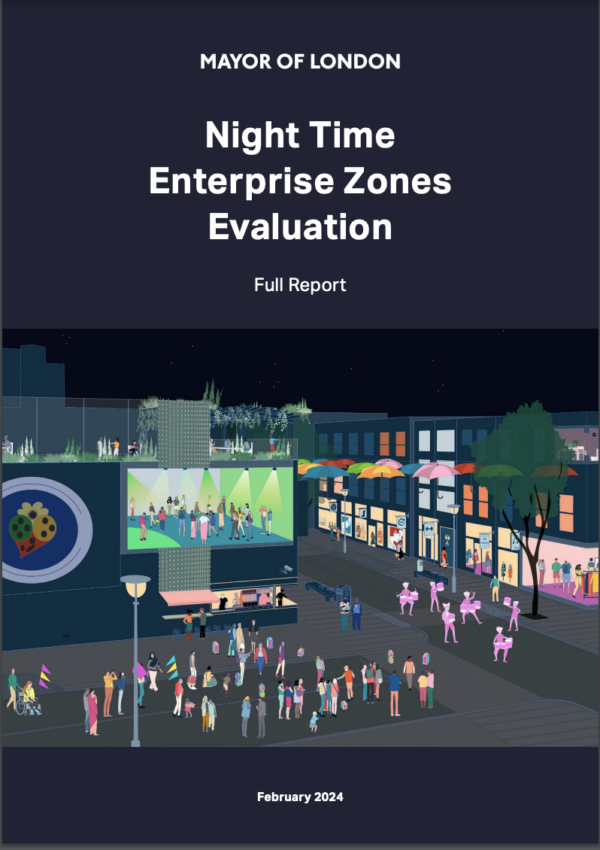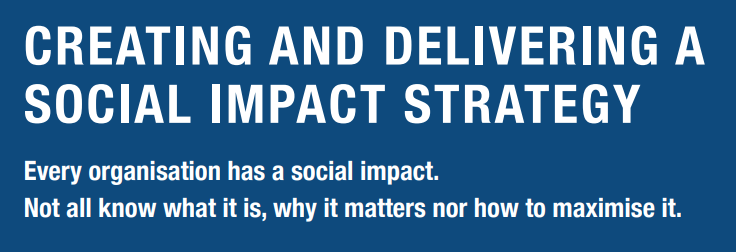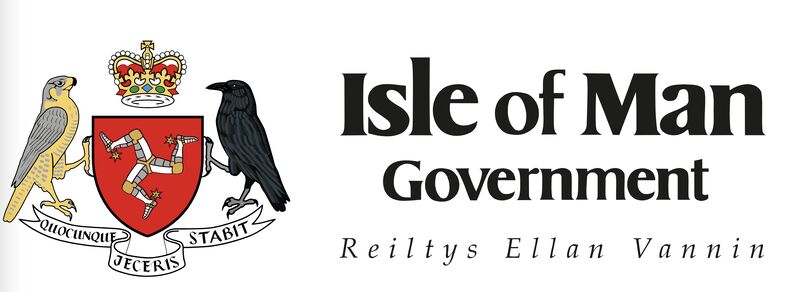Is there ‘life (sciences)’ outside the UK’s Golden Triangle?
Oxford, Cambridge, and London’s dominance as the life sciences ‘golden triangle’, is well established. But in a post-Brexit UK, where the multi-billion-pound sector is becoming more important to the economy, can the triangle strangle-hold be broken, and where are the UK’s hotspots? This was the subject of Didobi and Life Sciences Real Estate’s inaugural UK event held at the offices of Hogan Lovells in London on 24th May 2023.
The announcement in May of a £650m government war-chest to fire up the UK’s life sciences sector hammered home its importance to the UK economy.
In 2021, economically it was worth over £94bn, a 9% increase on the year before, while employing just under 300,000 people. And the new finance announcement will be used, among other things, to support economic growth with commitments and funding for manufacturing, skill and infrastructure for the industry that is one of Britain’s most successful sectors.
Oxford, Cambridge, and London’s dominance as the life sciences ‘golden triangle’, is well established. But in a post-Brexit UK, where the multi-billion-pound sector is becoming more important to the economy, can the triangle strangle-hold be broken, and where are the UK’s hotspots? This was the subject of Didobi and Life Sciences Real Estate’s inaugural UK event held at the offices of Hogan Lovells in London on 24th May 2023.
The announcement in May of a £650m government war-chest to fire up the UK’s life sciences sector hammered home its importance to the UK economy.
In 2021, economically it was worth over £94bn, a 9% increase on the year before, while employing just under 300,000 people. And the new finance announcement will be used, among other things, to support economic growth with commitments and funding for manufacturing, skill and infrastructure for the industry that is one of Britain’s most successful sectors.

Image. Birmingham Innovation Quarter (B-IQ) (Source Bruntwood SciTech)
Edinburgh’s BioQuarter, and its 10-year, £1bn transformation plan to create the city’s health innovation district, and Manchester’s Oxford Road Corridor, home to one of the largest clinical campuses in Europe, are also up for consideration.
“What’s really exciting is Manchester and its Oxford Road Corridor,” says Tina Zhao, Investment Manager, Legal & General. “is that it is home to the UK’s largest NHS trust [Manchester University NHS Foundation Trust], UK biobank, and over 32,000 STEM graduates, so it really is having that ecosystem built up around it.”
L&G announced its partnership with Bruntwood SciTech and the University of Manchester in June 2021 to deliver a new £1.5bn innovation district in the city.
In second tier cities, Charlton offers up a list of Bristol, Newcastle, Norwich, Dundee, Liverpool, Leeds and Sheffield, with each having their own specific attributes.

Image. The Catalyst, Newcastle Helix (Source UKSPA, GSS Architecture)
The tech and R&D ecosystem in Bristol, “seems to be on the cusp of a breakthrough,” for the city in life sciences, says Charlton. He highlights Bristol University’s 900,000 sq ft innovation campus, while Korolev’s Mission Street, with BentalGreenOak, plans to deliver one of the largest R&D and innovation hubs in the city, after buying 1 Temple Way last July.
Newcastle boasts The Helix, a significant L&G investment in a 24-acre innovation district. In May the city council announced it is looking for an investor to accelerate the growth of the region’s £1.7bn life sciences ecosystem.
Norwich has four internationally renowned research institutes and the Norwich Research Park. It is one of Europe’s largest, single site concentrations of research into food genomics and health in Europe, which has planning for 1.6msq ft of further expansion.
With three research parks, each strategically positioned near the university, Charlton says Dundee’s challenge is to, “maintain momentum in the face of growing competition,” while he describes Liverpool, as “interesting, and often overlooked in favour of Manchester”, when it shouldn’t be.
Charlton highlights Liverpool’s Knowledge Quarter, a 450-acre urban innovation district occupying about 50% of Liverpool city centre that has over £1bn of new developments already underway.
Leeds and Sheffield are, “great cities, with great universities,” says Charlton, that have so far have been limited in sciences life and tech development. Perhaps, he says, it is: “A case of build it, and they will come.”
Hotspots identified, but what creates a good life sciences proposition?
As a specialist real estate investor, “it’s simply the right ecosystem,” says Korolev, who believes it is wrong, in the traditional real estate way, to just zoom in and start thinking about buildings.
“The starting point is does it have the right ingredients? What is the anchor, why is a cluster going to emerge in a certain location, which is going to come from academic research, medical research, and large corporates based here.”
Other key structural factors, he says, are the ability to get investment capital into the locations in terms of funding businesses, the graduate recruitment pool, and bringing in senior level people to relocate or to stay in these locations.
“Those ingredients need to be there because once you’re outside of Oxford and Cambridge you don’t have the traditional agency approach of what are the requirements of people who want to find space, and what is the space that’s being developed.”
Generally, what creates the best life sciences proposition depends on the occupier, says Graham Cutts, Partner, Hogan Lovells. Fundamentally, he says: “You can’t get away from the fact that life sciences is a contact sport and people want to collaborate, and that is at the heart, at the essence of what they do.”
Roz Bird, CEO, Anglia Innovation Partnership, agrees: “It isn’t just about the science, it’s about entrepreneurialism, capital, but it is also about people and human interaction in that sense of community because that helps companies to attract and retain the best people.
“It helps them to promote what they do, and to look for opportunities to collaborate. You can’t make that up and they exist already: we know where they are.”
Bird says it’s building on this, and producing the right real estate proposition, and ‘compelling property’ at the right time. She adds: “There’s a lot of work to do to make sure you’ve got that ecosystem, that cluster going.”
In the long run, however, Zhao says, the golden triangle, “isn’t going… anywhere anytime soon, but certainly the regions are catching up”.
“As an investor there are some exciting opportunities in the regions where there’s talent, skills but there’s just a lack of high-quality real estate.”
With the UK government’s very public willingness to back the life sciences sector, and investor interest only growing, the need for space alone will force open the gilded gates of the golden triangle. And there are many cities and regions waiting to welcome those who want to come.
If you would like to know more as to how we support clients in the Life Sciences sector then please get in touch.





